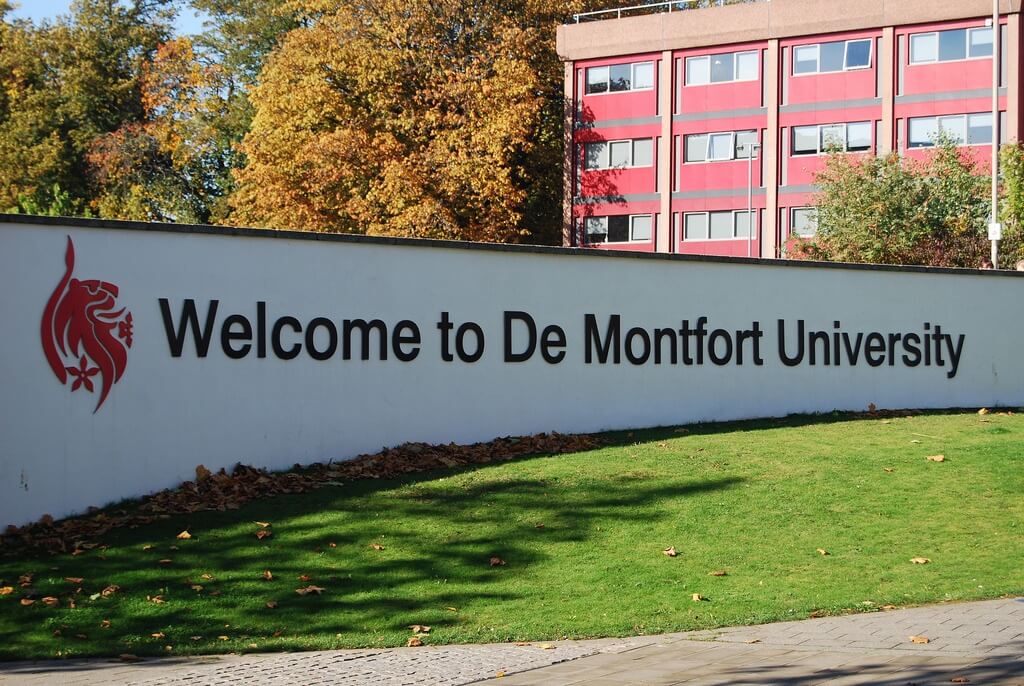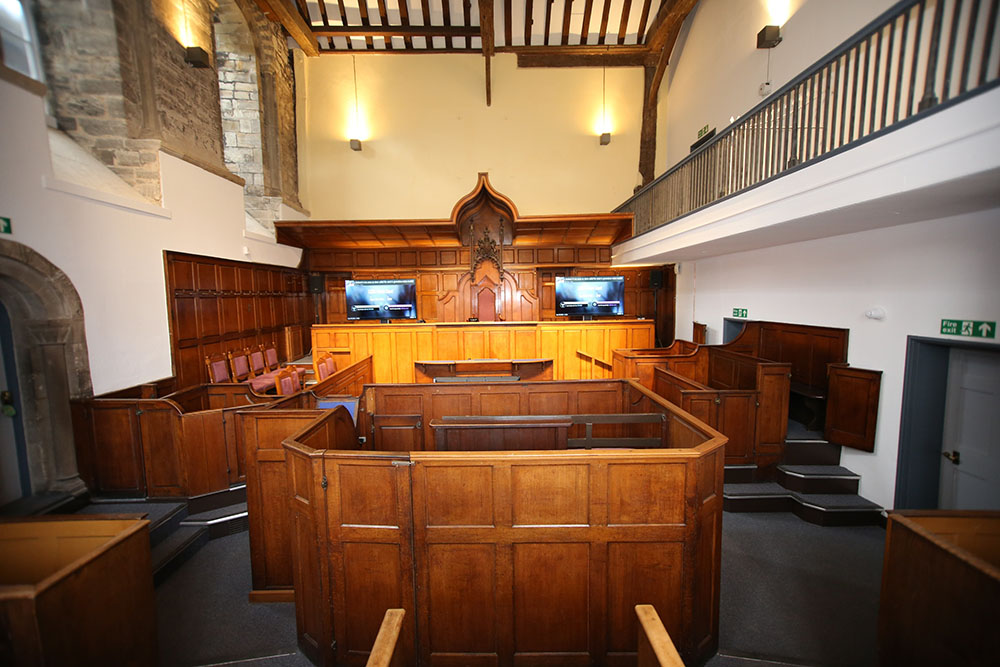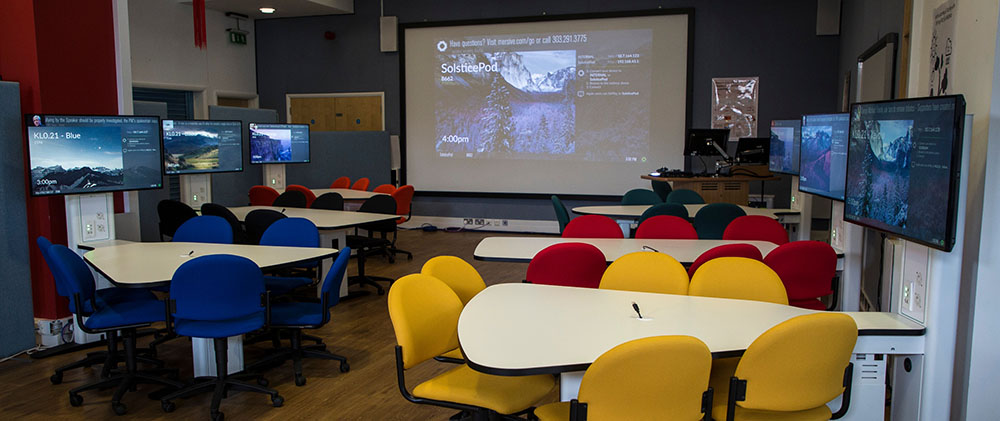
Adapting the Learning Environment for Impaired Students
Universities everywhere are eager to be fully inclusive and address the needs of all students, including those suffering from a disability. De Montfort University has one of the largest populations of disabled students in the UK, and Solstice Pods have helped the AV team to support these students in achieving their full potential by allowing students and teachers to easily share any type of content wirelessly to a classroom display. Leanne Herbert, DMU’s Disability Officer, supports autistic students including those with Asperger’s, and found the Mersive Pod as particularly useful in demonstrating the set up for the “Brain in Hand” app, an assistive personalized technology that DMU created for its 200 Autistic students. The app requires the demonstration of a website alongside the mobile app, and with Mersive’s technology in place, the tutor can switch between both very easily.
Improving Student-Teacher Participation and Engagement
Universities like DMU are focused on providing an inclusive and stimulating learning environment that recognizes the value of student and teacher engagement, and Mersive’s Solstice Pods help make this a reality. For example, a member of staff from the Faculty of Business and Law uses a wheelchair and Solstice has also provided them with the ability to move freely around the classroom and present from anywhere within the space, rather than having to be tethered to the display at the front of the room with an HDMI cable. The teaching space also has a low-level height adjustable whiteboard that he is able to write on, with a camera that relays this content to the students in real-time. Not only can teachers freely move about the room but any student can also share content from any device anywhere in class, which enables a more dynamic and engaging learning environment. DMU has also ensured the content presented in class can be captured by the lecture capture solution (DMU Replay) within any of these classroom spaces, adding to the Unified Design for Learning (UDL) initiative and ensuring that students can review the teaching experience independent of the device used for presentation.

Historic buildings are an asset to the university. They are places that tutors and students love to be in and experience, but it can be a challenge creating spaces within them that support a modern learning environment. For example, part of DMU, the Leicester Castle Business School building is a historic, Grade 1 listed building, that was formerly a criminal law court. It is a delightful and unique environment for students and staff, but needs to be adapted sensitively. The lecture theaters also have a unique format due to the building’s previous use, with students seated in a semicircle around the lecturer – which facilitates a ‘Harvard style’ of teaching. The first installation of Mersive Pods at DMU was in this theater. An initial installation of 5 Solstice Pods delivered an improved AV experience where users can switch between laptops, phones, or tablets to easily share and display information wirelessly – improving workflows and nurturing more creative discussions.
Creating Innovative New Learning Spaces
Purpose-built learning spaces allow dynamic universities like DMU to think outside the box and achieve its vision of providing the highest quality spaces for academics and students. For example, the DMU Collaboratory is a multi-use space where technology and creativity come together to support and develop innovative approaches to learning and teaching. Often used for staff training and development sessions, it is particularly useful for running small group workshop style activities. Solstice Pods are used to incorporate an interactive digital component which enhances what can be delivered in the space because the Pods enable all workshop participants to share any content from any device, enabling a higher degree of productivity.

DMU’s new Vijay Patel building is the centerpiece of a £136 million (~$154 million) Campus Transformation Project, bringing art and design together into a striking building that provides the space and facilities for students and staff to develop new ideas. The front of the building is adorned with a 76 square meter landscape LED video wall utilizing a Solstice Pod to share up-to-date videos, information, and events within the public space. During open days, staff are able to throw relevant content up onto the wall in real-time as the need arises – one thing to note is this facility is carefully controlled using a password.